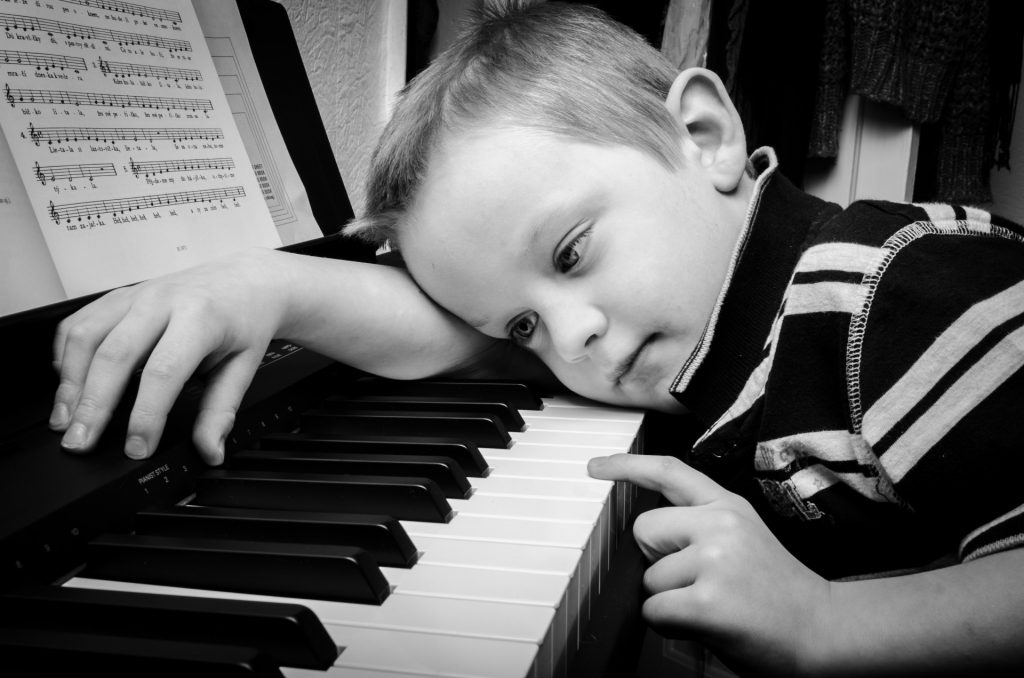I’m excited to announce to you that I have recently expanded my piano teaching arsenal. This change was birthed out of many years of frustration with the way the piano has been taught.
One of my greatest disappointments is hearing from someone who had 5 years of piano and they quit because it was boring. Almost always, that same person will tell me that they wished they would have kept going, and they would have loved to still be able to play.
 If we as teachers would be completely honest with our students and each other, we would admit that we don’t always feel like our method of teaching is the perfect fit for all of our students.
If we as teachers would be completely honest with our students and each other, we would admit that we don’t always feel like our method of teaching is the perfect fit for all of our students.
Classical Music?
Some students are energized by learning scales, arpeggios, and the classics such as Mozart and Beethoven. On the other hand, there are a good number of pupils who can’t relate to music that was written 400 years ago.
Read any recent study on classical music and American culture and you will find that the amount of people who listen to it is rapidly declining.
I also have noticed that many piano students lack creativity in their playing. In short, the ones who really excel can play complex pieces of music but struggle to play happy birthday at their children’s birthday party. It’s no wonder that their playing doesn’t last far beyond high school!
The Beginning of a New Paradigm
A while back, I was talking with my brother about all of this and he challenged me to address this problem head-on. We put our heads together and out came 3 unique tracks consisting of modules that build upon each other.
I believe our solution eliminates the “one size fits all” standard of teaching. I firmly believe that these tracks will not only help bring clarity to my students’ expectations but they will foster creativity and help each of them find their niche.
 Not every student is going to grow up to be a concert pianist. In fact, most will not. There are many reasons for this. One thing is for sure. We are all wired differently and excel at different things within the musical framework.
Not every student is going to grow up to be a concert pianist. In fact, most will not. There are many reasons for this. One thing is for sure. We are all wired differently and excel at different things within the musical framework.
Maximizing Structure
While I’ve been incorporating these things into my teaching for many years, I believe that this new structure will help me do it in a strategic and measured way which is ultimately a benefit for my students.
Ok, enough of the suspense already! Drum roll! The 4 tracks are Classical Piano, Chords, Songwriting, and Advanced Music Theory.
To learn more about them and to see what each module contains, click here. You can also check out a video I just made about it if you want. Here is the link.
Subscribe to Reynolds Piano and like us below!
Check out some of our recent posts!
7 Amazing Ways Technology is Changing Piano Lessons


